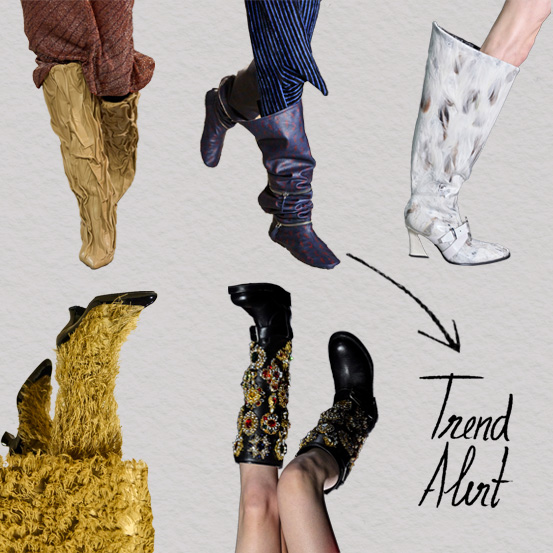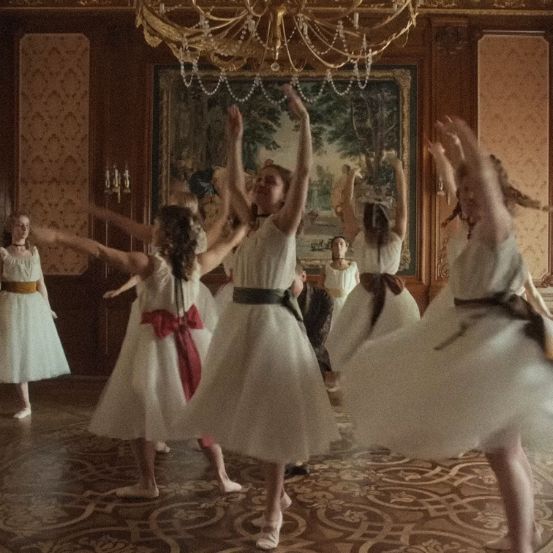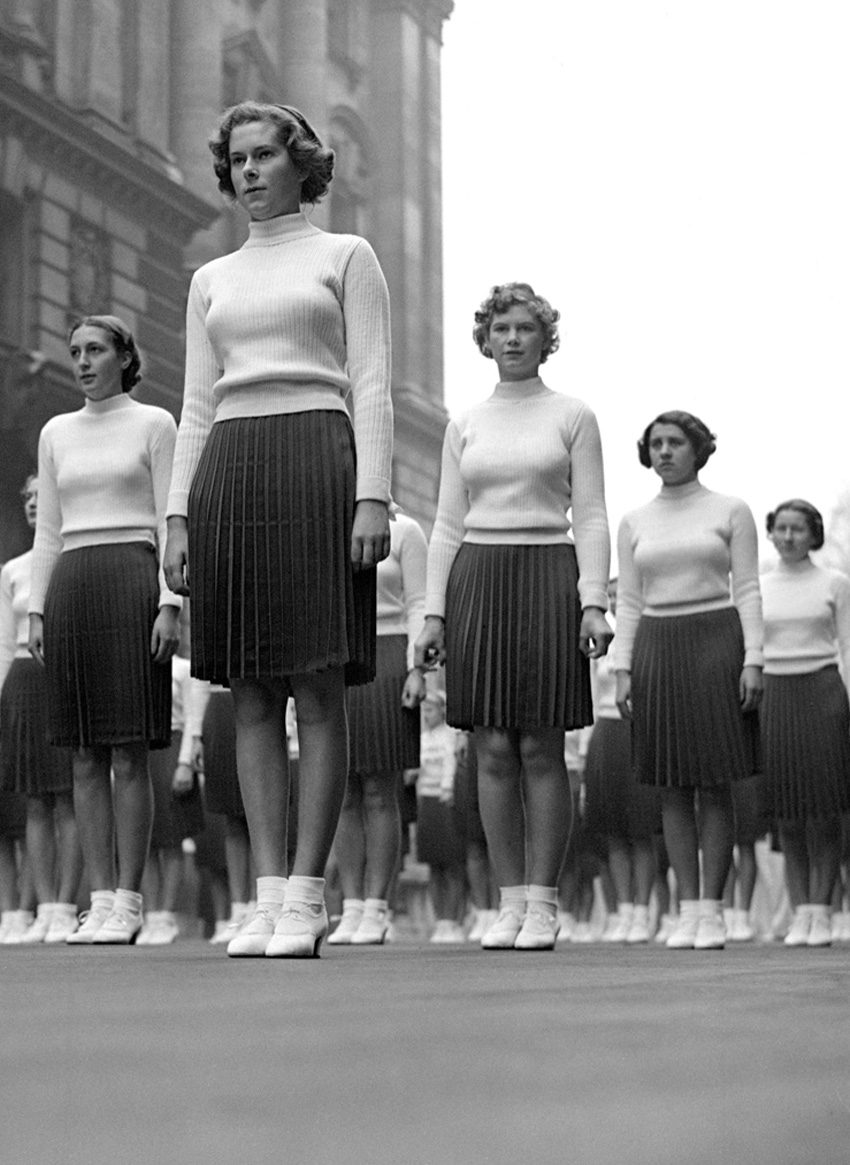Getty Images
A well-constructed personal “uniform” goes beyond a sense of style and becomes a symbol of identity. Clothes speak for the wearer, from selfless minimalism to calculated extravagance, and whisper - or shout - messages that come embroidered on luxurious fabrics or discreet T-shirts.
The silver ponytail, the black sunglasses that hid the eyes, the pure white shirt with the marked collars, the dark suit and the gloves that partially covered the hands: Karl Lagerfeld's perfectly thought-out “uniform” was never just a combination of pieces. Lagerfeld lived and breathed fashion, but his own style remained surprisingly constant, especially considering that he was responsible for reinventing Chanel season after season and positioning the maison in its most exciting and fascinating era. But why would someone at the helm of an industry so often built on change and novelty choose to remain visually so much the same, void of any innovations? The image of the kaiser (emperor, in German) was an assertive statement of identity, a careful suit of armour that meant that, even if he was reduced to silhouettes, his distinctive essence could be recognized far beyond Rue Cambon, Chanel's headquarters, and reach anywhere in the world. With authority, mystery and an unshakeable sense of self, the German designer built a legacy far beyond his almost monochromatic look but, at the same time, did so by anchoring himself in it.
Whether it was a style statement or a branding masterclass, Karl showed us the power of having a distinctive image, and he wasn't the only one to do so - take Tom Ford and his immaculate suit or Anna Wintour with her iconic bob and huge sunglasses. Certainly, these great fashion figures did it much more stylishly than the likes of Steve Jobs and Mark Zuckerberg, with the former's jeans and black turtleneck or the latter's casual T-shirt. These pieces that the Silicon Valley geniuses wear on a daily basis have become mirrors of their visual identities, albeit with much less pomp and circumstance compared to Lagerfeld, Ford or Wintour. The signature style - which we can conveniently call a “uniform” in this context - may be seen as reductive by some, but this is not always true and, when applied properly, it brings out an unparalleled persona. However, before all that, it's worth exploring the concepts of cohesion between groups, as the “uniform” can bring both a sense of community and the power of distinction.
“The homogenization of clothing is something very common to the human species throughout history, which has to do with the feeling of belonging to a group. Human beings are gregarious by nature, as are many species, because survival depends on it.” It is Charo Mora Solanilla who makes this observation. A specialist in fashion culture, she has held editorial positions at magazines such as Woman, Yo Dona and Metal Magazine, and has also contributed to titles such as Vogue Spain, Harper's Bazaar Spain and Marie Claire, in addition to her teaching duties. Mora stresses that “human beings survive and learn in groups, with each other, evolution works in groups. [...] The homogenizing function of appearance is therefore a paradox, since it is what allows the individual to be distinguished from a group, sacrificing their individuality, while at the same time allowing that same group to be distinguished from another.” Thus, the function of the uniform in its most literal meaning is precisely that it values “the collective to the detriment of the individual.” This is true, she adds, when we look, for example, at “urban tribes [...] especially rockers, mods, punks, who, although far from eliminating the individual, are epidermically recognizable and enjoy mass staging. [...] All wearing similar outfits, claiming, in unison, their distance and difference from what is established by the system.” However, as she explains, as society evolved and times changed - especially with the arrival of the 20th century in the West and after the Second World War - the values of individuality were exalted, giving rise to the “idea of the individual as the driving force above the group”, and the uniform began to have a less positive connotation. “Although the end of the day in any business district in the world, such as Wall Street, has the streets taken over by men dressed in suits and ties and women in pants or skirts, it is clear that the uniform somehow survives, although it now materializes in different ways and in different groups. Sportswear and school clothes are examples”, as the expert says, of ‘the strongholds of this atavistic custom in human beings’.
But if the wearing of the same uniform by a group can be seen as a reduction or homogenization of identity, in some cases it is equally possible that, on the opposite spectrum, it is the epitome of it. The kaiser could just be the mirror of the dandy style, but his self-transformation always had stylistic and commercial aspects in mind that allowed him to show his personality in a very conscious and distinctive way, whether it was because his white shirt was accompanied by other striking visual symbols or because of his sharp and perceptive personality - even harsh. In fact, his signature style was born somewhere in the late 1990s and early 2000s, after a dramatic weight loss, motivated by the desire to fit into the slim suits designed by Hedi Slimane. “There was a new line by Hedi Slimane at Dior that required you to be slim. They said, 'You want this? Go back to your bones'. And so I lost it all. I lost 88 pounds and never got them back.” he explained in an interview.
Thus, and speaking of identity, Charo Mora defines it as “a drawing on the outside of something that describes me, that says who I am. It can be honest and faithful, something like a second skin, or, on the contrary, the individual can manipulate it to give an image of themselves that interests them, either to stand out, to go unnoticed or to fit into an environment.” “Defining a look through constant elements,” she tells us, ”solves the doubts of how to appear in public, or in private, or in an interview. In that sense, it's the perfect mask.” The concept of “mask” is essential, and this signature style allows you to “eliminate surprise and always appear as expected or with those distinctive features that identify the individual, that make them unmistakable; dressed in black, with a certain type of glasses, with a certain hairstyle or haircut”, whether this is perfectly authentic or meticulously thought out. She adds that even if, in the cases of Steve Jobs or Mark Zuckerberg, the style adopted is “minimalist and highly functional”, characterizing it as a “non-style”, these choices reflect an identity of their own. Perhaps we can then say that the non-existence of something makes it precisely that “something”. These looks, which are off-trend and therefore considered timeless, she explains, have no striking features to draw attention away. It's a neutral image that serves to frame a personality without creating distractions. “It's a look that allows the wearer to go unnoticed in a crowd, but which, when they take to the stage to give a speech, doesn't compete with them, allowing them to shine,” adds. At the end of the day, and in good Portuguese wisdom, “it's not enough to just be, you have to look like it” too, and clothing plays a crucial role in this image, whether it's used to eliminate messages or to act as a megaphone that aims to amplify them. And if there is a psychological process that makes the public associate certain codes with a status or position, the same process happens when we think about ourselves. The impact that clothing has on the wearer's psychological processes has been defined as “enclothed cognition”. The term was coined when two researchers conducted an experiment in 2012 with white lab coats in order to show the psychological effect of clothing. According to their hypothesis, clothing has an impact on a person's psychological processes because it activates abstract concepts through its symbolic meaning. About the study, Charo Mora adds that “Adam and Galinsky's research is very interesting, revealing how the ‘habit makes the monk’, underlining the symbolic dimension of clothing. It's clear that a white coat is associated with a doctor, a scientist or a laboratory. In the same vein, we could put monastic habits or religious garments, because the symbolic charge is very strong. Jeans can have this symbolic force, but with a more democratic side, as they are worn by Steve Jobs, a farm worker from the 1950s or a motorcyclist. Or the sports tracksuit, which has gone from marginalization to luxury today.”
As for Karl, in the dance between his public image - stoic, imposing and confident - and the private man marked by vulnerability and hidden insecurities - but always witty - lies a profound story of self-invention. Between a web of complex relationships, fierce rivalries and a curation of his public image, a figure of genius emerges, adorned with eccentricities and controversies, but veiled by something hidden behind the sunglasses and impeccably styled hair. Lagerfeld, a master of control and storytelling, allowed only glimpses of his true essence, leaving much of his inner world shrouded in mystery, known only through the fragments he chose to reveal. But there's no one who doesn't know his style. The silver ponytail, the black sunglasses that hid the eyes, the pure white shirt with the marked collars, the dark suit and the gloves that partially covered the hands…in his own words, "I am like a caricature of myself, and I like that. It is like a mask. And for me the Carnival of Venice lasts all year.”
Translated from the original on "The Big Book of Trends" issue, published September 2024. Full credits and stories in the print issue.
Most popular

Relacionados
.jpg)








.png)